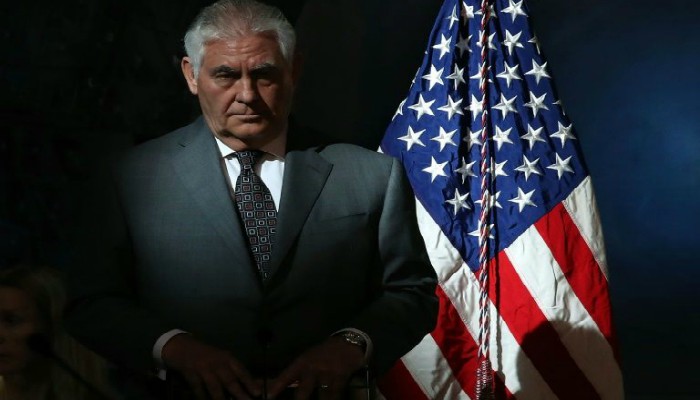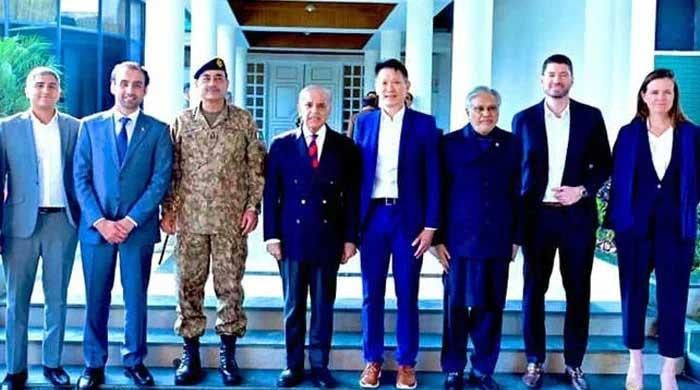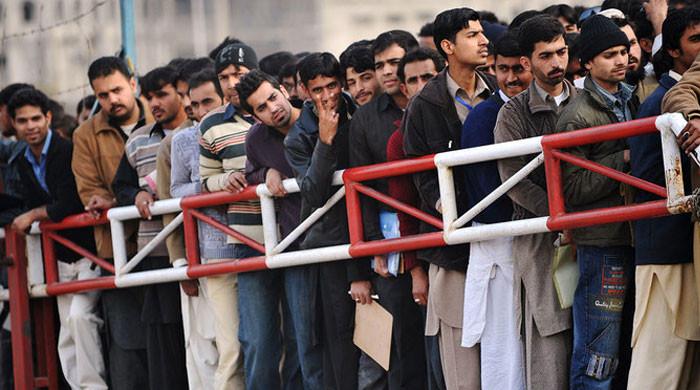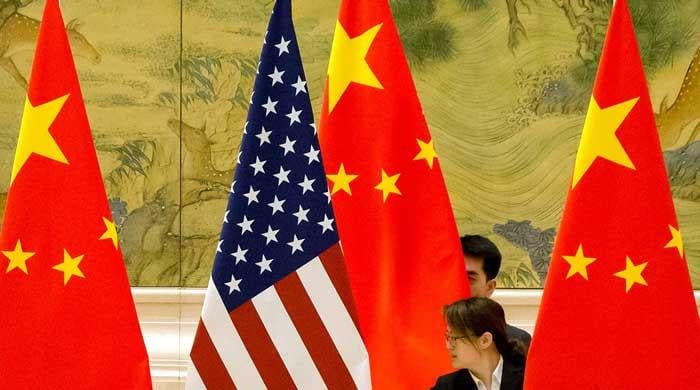Elusive peace: Fleeting moments
How can the US do this now with only 8,500 troops – especially when the impression that is gaining credence about the US is of a decadent empire fighting its last battles?
November 08, 2017

Many local and international newspapers ran somewhat similar headlines: US Secretary of State Rex Tillerson gets cold shoulder in Pakistan. Tillerson flew into Afghanistan on a secret visit and, after spending a few hours in a fortified bunker at the Bagram military base, went off to Islamabad. Not much of an auspicious welcome in a country that the US attacked 16 years ago and has had its puppets rule over it to date.
Foreign Minister Khawaja Asif has been criticised for his forthright response to Donald Trump’s accusation that Pakistan harboured terrorists. Critics blamed him for not couching his language in diplomatic niceties. But people appreciated his straight talk that the US had lost the war in Afghanistan and that it was making Pakistan a scapegoat for it. Pakistan has incurred staggering financial losses of about $119 billion and about 82,000 lives have been lost since the war began in 2001. And what has the US achieved in Afghanistan in the last 16 years? Not even a semblance of control is enough for a top US functionary to land there and take off with protocol.
Afghan President Ashraf Ghani’s government writ is currently restricted to Kabul and its limited surroundings while the Taliban control a vast expanse of the country. ‘Taliban’ sounds like a misnomer used for all those Afghans who resist the foreign occupation of their country. In the superpower’s parlance, all those who resist the US occupation of their territories are terrorists. The classic definition aptly applies to the people of Afghanistan, Iraq and Libya, where foreign invaders consider themselves to be masters of the vanquished territories while the indigenous populations are billed as the terrorists. Out of the three countries, Afghanistan has been the most difficult country to govern.
Canadian writer Margaret Atwood visited Afghanistan in 1978 despite her father’s warnings not to “go to Afghanistan, the land of ferocious warriors”. However, fascinated by its history, Atwood, along with her writer husband and 18-month-old daughter, travelled to Afghanistan to see it firsthand. “Neither Alexander the Great nor the British in [the] 19th century had stayed in the country long because of the ferocity of its warriors,” she wrote. To elucidate further, she described the Afghans: “Those who served meals and cleaned rooms were all men, tall men with scars [on their faces] either from duelling or from the national sport, played on horseback, in which gaining possession of a headless calf is the aim”.
This was the country that the US attacked in the hope of overpowering its people and establishing its hegemony in the region. After 16 years of warring and trillions of dollars worth of the US taxpayers’ money down the tube, the superpower is looking for peace – in other words, a face-saving mechanism. The meeting of representatives of four nations – Afghanistan, China, Pakistan and the US – who recently met in Oman to kick-start the peace process in Afghanistan also produced no results. The war that began with the US blitz on Afghanistan in the aftermath of 9/11 has no end in sight.
The US commander in Afghan, Gen John Nicholson, recently claimed that the “Taliban can never win in Afghanistan”. If the general had a sense of humour, he could have added: “and neither can the US, if more than a decade-and-a-half of warring provides any indication”. In 2011, the US troops in Afghanistan peaked to 100,000 along with 40,000 coalition troops and the superpower failed to subdue Afghanistan. How can it do this now with only 8,500 so-called US trainers?
US President Donald Trump, surrounded by retired generals, Secretary of State Rex Tillerson and Secretary of Defence James Mattis, has compelled to support their worldview and hawkish policies. During the testimony before the Senate Foreign Relations Committee members, both generals asked for congressional authorisation to launch unlimited wars anywhere in the world.
Owing to the warmongering of the ruling clique, the American population looks apprehensive about its future. For instance, in a survey conducted by the American Psychological Association last August, 59 percent of Americans said that they considered the present time to be the lowest point in US history and that the “future of the nation is their major source of stress in life”. Many among the respondents of the survey included those who had lived through the Vietnam War, the Cuban Missile Crisis and the 9/11 attacks.
At the climax of the war, the US deployed about 140,000 troops, including troops from coalition partners. And the superpower failed to put down the armed resistance decisively. How it can do this now with only 8,500 troops – especially when the impression that is gaining credence about the US is of a decadent empire fighting its last battles?
The writer is a freelance columnist based in Lahore.
Email: [email protected]
Originally published in The News









